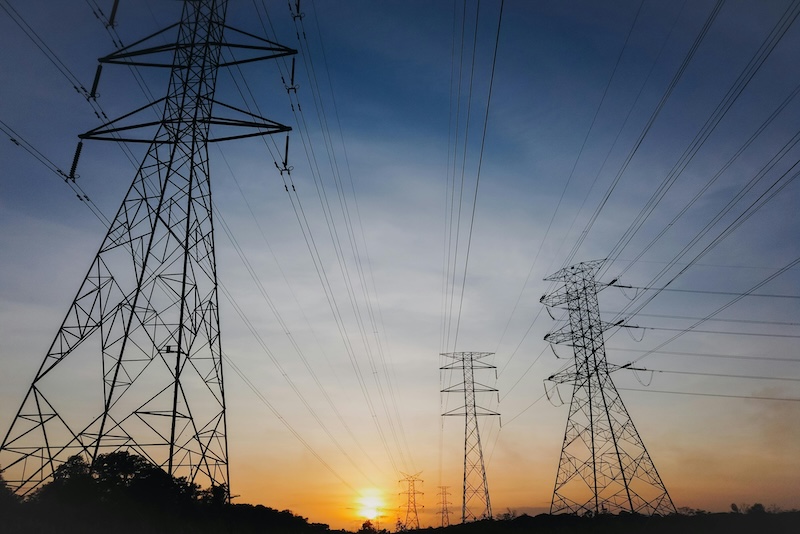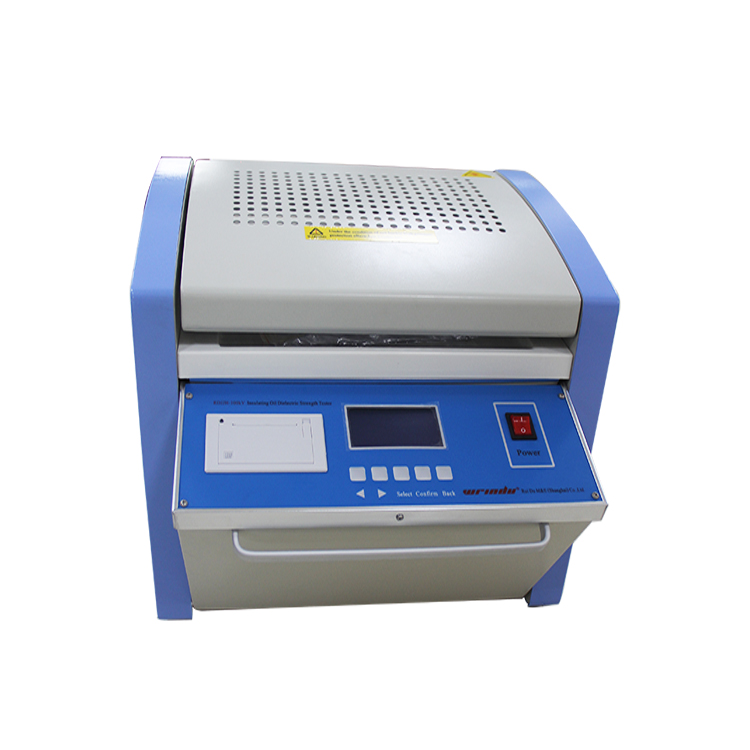Analysis on the Causes of Exceeding the Standard Dielectric Loss of Transformer Oil

Dielectric loss refers to the sum of polarization loss and conductivity loss caused by transformer oil under the action of alternating electric field. Dielectric loss factor can reflect the insulation characteristics of transformer, the aging degree of transformer oil under the action of electric field, oxidation and high temperature, and the degree of pollution of polar impurities transformer and charged colloid in oil. In the long-term use of transformer, the operating condition of transformer oil can be reflected through dielectric loss factor test.
Analysis of the causes of excessive dielectric loss
1. Impurities
During the installation of the transformer, impurities such as dust exist in the oil or solid insulating materials. After a period of operation, colloidal impurities gradually precipitate. The diameter of the transformer colloidal particles is very small (generally 10-gin~10 m), and the diffusion is slow, but there is a certain amount of activity energy. The particles can automatically aggregate and grow from small to large, forming a coarse dispersion system in a non-equilibrium unstable state. When the colloidal range is exceeded, the transformer is deposited due to gravity. When the sol exists in the oil, when the sediment exceeds 0.02%, it may cause the conductivity to exceed the normal conductivity of the medium by several times or dozens of times, thereby increasing the dielectric loss value.
2.Transformer structure
From the perspective of transformer manufacturing structure, some transformer manufacturers have cancelled the oil purifier (thermal syphon) from the perspective of reducing transformer oil leakage, which has a certain impact on the increase of transformer oil dielectric loss factor. If the transformer is equipped with an oil purifier, it is beneficial to the stability of the insulating oil quality. It can "suck out" the moisture inside the insulation during the operation of the transformer, improve the electrical performance of the insulation, and thus slow down the increase of moisture in the insulation.
3.Microbial contamination
Transformer microbial bacterial infection is mainly caused by bacterial infiltration during installation and overhaul. Due to the pollution of the transformer, water, air, carbonized matter, organic matter, various minerals and trace elements are contained in the oil, which constitutes the basic conditions for the growth, metabolism and reproduction of fungi.
Since microorganisms are rich in protein and have colloidal properties, the contamination of oil by microorganisms is actually a kind of microbial colloid pollution, and microbial transformer colloids are charged, which increases the conductivity of the oil, so the conductivity loss also increases.
The transformer oil is in a fully sealed, oxygen-deficient and lightless body, and the microorganisms in the oil are anaerobic and photophobic. After being placed for a long time, the dielectric loss value will decrease, especially when placed in a colorless transparent glass bottle. The load carried by the transformer in different periods and the operating oil temperature are different. The reproduction rate of microorganisms at different temperatures is also different. The oil temperature is between 50℃ and 70℃, and the reproduction rate is the fastest, so the dielectric loss increases relatively quickly. Therefore, temperature has a great influence on the growth of microorganisms in oil and the performance of oil. Generally, the dielectric loss factor is relatively stable in winter.
4.Metal ions
Wear or corrosion of copper metal components of the transformer body (such as wear of the oil pump shaft or impeller, corrosion of exposed copper leads), severe overheating or burning of winding copper wires, etc. will cause copper ions to dissolve into the oil, increase the concentration of copper ions in the transformer oil, and lead to increased dielectric loss.
5.Water content
Although the insulating materials are dried during the manufacturing process of electrical equipment such as transformers, there is still residual moisture in the deep layer. If the protection measures are not appropriate during transportation and installation, the insulating materials will be damp again, and the respiratory system will enter moisture during operation, and penetrate into the oil through the oil surface. In addition, during the operation of the transformer solid insulating material and the transformer, moisture is generated due to the oxidation and thermal cracking of the transformer oil. When the insulating oil is at the operating temperature and there is dissolved oxygen, its oxidation will accelerate, producing organic acids and water, which will cause the moisture content in the oil to exceed the standard. For pure oil, when the water content in the oil is low (such as 30mg/L-40mg/L), it has little effect on the dielectric loss of the oil, but when the water content in the oil is greater than 60mg/L, its dielectric loss factor increases sharply.

RDJJH-100KV Insulating Oil Dielectric Strength Tester is a high accuracy and full digital industrial instrument developed by all the scientific research and technical personnel of our company, according to the relevant standards and regulations of insulating oil testing, giving full play to their own advantages, after many field tests and long-term unremitting efforts.
Please click RDJJH-100KV for product details.
Please contact us for the latest quote.




